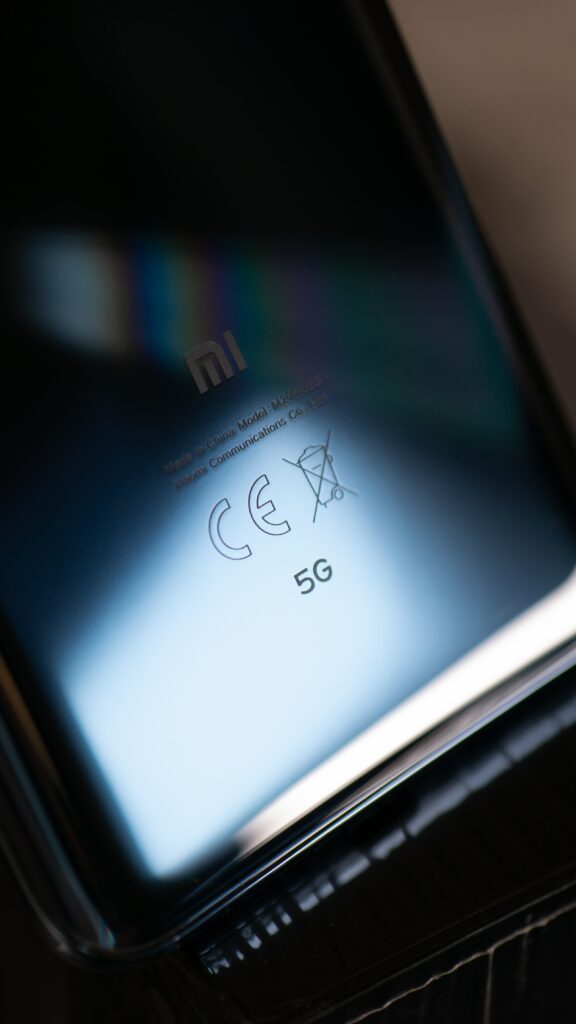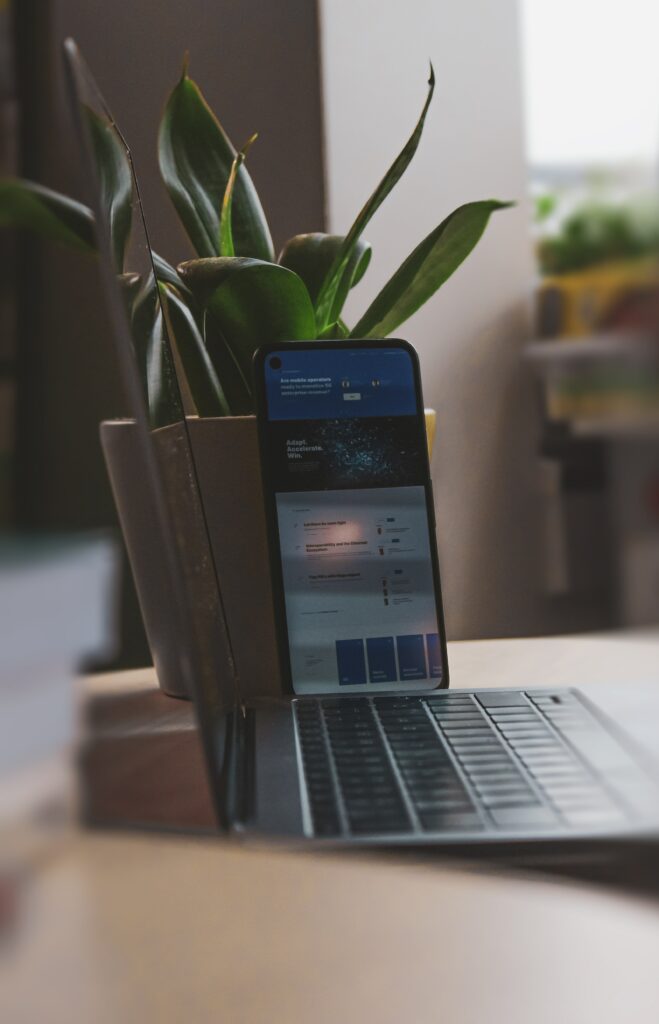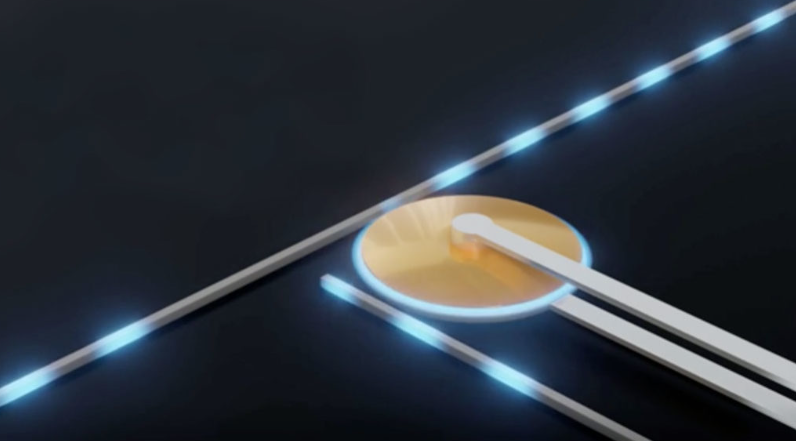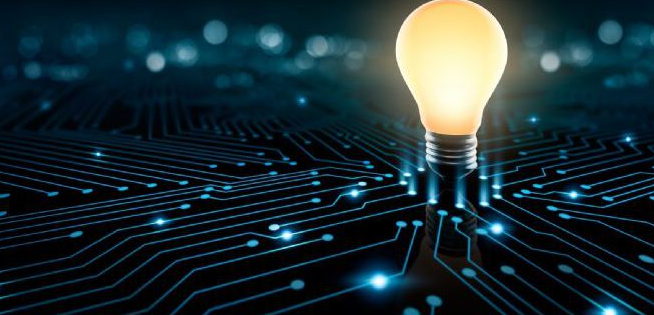5G technology

5G is attracting everyone’s attention, this new mobile technology will increase connection speed, minimize latency (web response time) and exponentially multiply the number of connected devices. In other words: we will be connected to everything, all day, and in the shortest possible time. The introduction of the fifth generation mobile network will change the way we communicate, will multiply the capacity of the information highways and will enable everyday objects, from the fridge to cars, to connect (with us and with each other) in real time.
Undoubtedly today the increase in demand causes inevitable problems for consumers, businesses, government agencies, among others. Latency increases, downloads are delayed, and overall performance drops. In addition, as the use of connected devices becomes more widespread, the problems for users and companies become more evident, due to the fact that services that depend on mobile data (finance, emergency services and data security) they experience increasing delays and failures while sending and receiving data. With 5G technology, network segments can be allocated to the most important services, implying an increase in reliability.How does 5G technology work?
This technology uses millimeter waves (mmWaves) these are at very high frequencies (from 20 to 100 GHz) that can transmit signals at incredible speeds and by installing mmWave nodes within line of sight, higher frequency waves can jump from point to point and deliver maximum 5G wireless coverage with lower latency, it is also beamforming this works like a traffic light, moderating signals and focusing on only one stream of data for a specific user at a time certain. Once the data is transferred, the signal moves to another place, in order to fulfill what another user requested. This customized signal can greatly reduce interference between cellular cells and make data transmission faster and more efficient.
And finally we have network segmentation being the distinctive feature of 5G technology, which allows providers to dedicate virtual segments of their networks to specific uses. For example, data used for entertainment, communication and the Internet will use a network segment, while machine-to-machine data transmission will have its own specific segment. Essential data, such as that needed for driverless vehicles, emergency services and other key infrastructure, will have exclusive access to the 5G network that cannot be used by other services.
And you, what do you think?





Responses